But there are very few reels showing pilots — perhaps it’s fair to call them anti-aircraft pilots — shooting down…
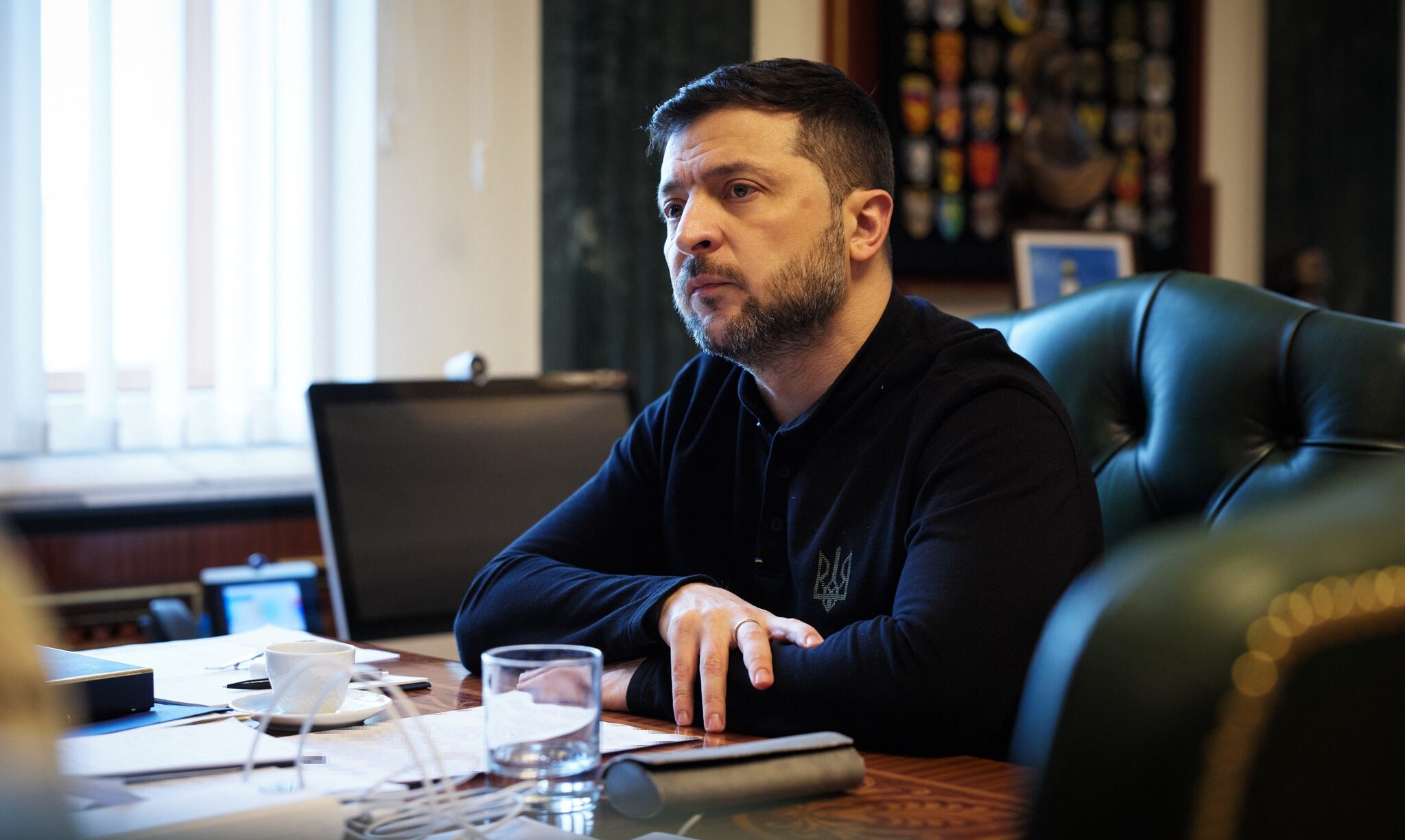
President of Ukraine Volodymyr Zelensky reported that just over the past week, Russian forces have attacked critical and civilian infrastructure in our country with more than 3,270 strike UAVs, 1,370 guided aerial bombs, and nearly 50 missiles of various types.
The Head of State shared this in his social media post on Sunday, October 19.
According to him, this proves that the Kremlin regime is deliberately obstructing any negotiation process.
“Ukraine has never sought war. We agreed to an unconditional ceasefire, looked for opportunities for peace, and repeatedly offered the world ways to stop the strikes in the sky, on land, and at sea. But it is Russia that constantly slows down this process — manipulating, dragging out negotiations, terrorizing our people with airstrikes, and intensifying assaults on the front line. The war continues only because Moscow does not want it to end”, — Volodymyr Zelensky stated.
In this regard, he emphasized that Russia can be forced into peace only through strength and unity.
“Putin cannot be stopped by talks — pressure is needed. The world sees that Russia responds to strength, therefore peace through strength can work. Ukraine will not give terrorists any reward for their crimes, and we count on the support of our partners for precisely this position. Decisive steps are needed from the United States, Europe, the G20, and the G7 countries. We must protect lives. I thank everyone who helps in this”, — the Ukrainian leader added.
@armyinformcomua
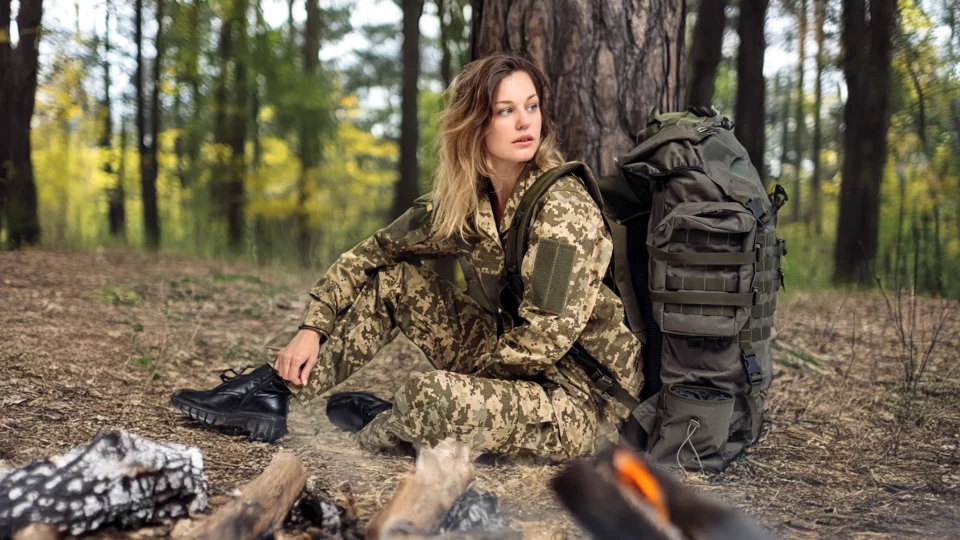
Inna Loik is not just a producer of military clothing. She is one of those who heard the voices of women at war and responded not with words, but with action.
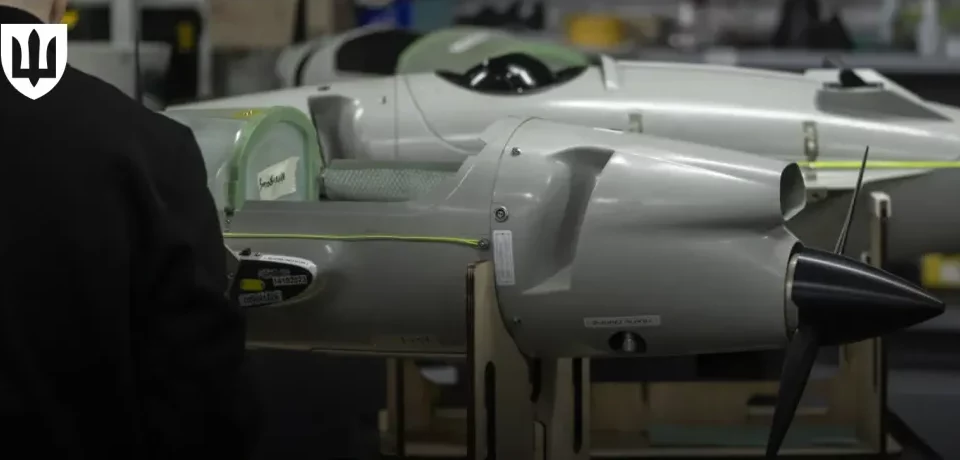
The Ministry of Defense of Ukraine continues to synchronize the state quality assurance system with the requirements of international ISO standards and NATO AQAP standards.

In our previous article, we analysed the architecture of the ‘Danish Model’ and its underlying principles. Now, it's time to move from theory to practice. This second part of our series is dedicated to the concrete, measurable results achieved during the initiative's first year of operation. We will examine how much funding was invested, what specific weapon systems—notably the "Bohdana" SPH—were produced for the frontline, and how a bilateral initiative grew into a powerful international coalition. This is the evidence-based case for the model's effectiveness, articulated through the language of facts and figures.
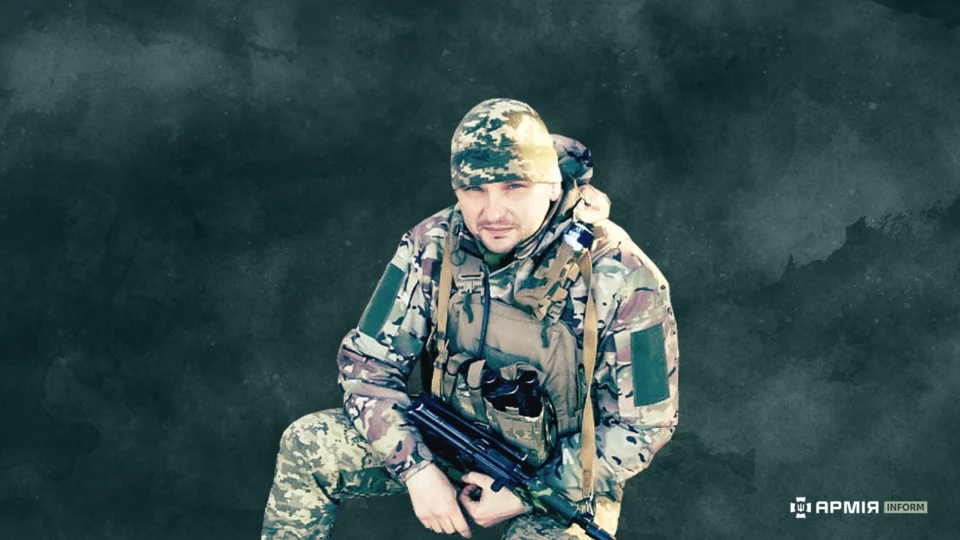
“I used to think being a sapper was an easy job,” — says soldier Vitalii, laughing ironically.
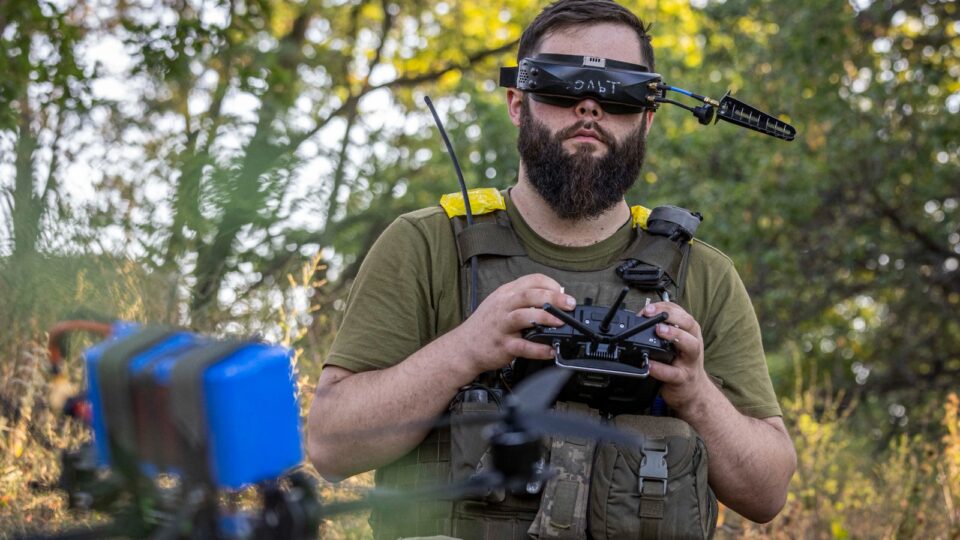
Social media is flooded with short videos of UAVs dropping “toys” that destroy enemy infantry or set their equipment on fire, or of kamikaze drones spectacularly turning armored combat vehicles into scrap.
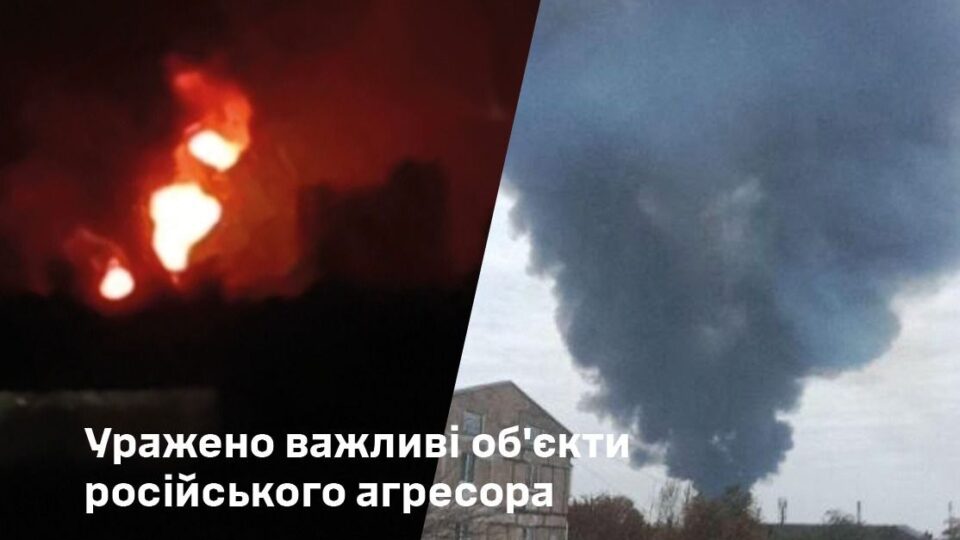
Last night, Ukrainian forces struck the Novokuybyshevsk Oil Refinery in Russia’s Samara region.
But there are very few reels showing pilots — perhaps it’s fair to call them anti-aircraft pilots — shooting down…